Huron-Wendat artist Zacharie Vincent (1815–1886) decided to become a painter in the immediate aftermath of the defeat of French nationalists in the rebellion of Lower Canada in 1837. Over the course of his career he produced more than six hundred works, of which only around fifty are known to have survived: paintings, drawings, self-portraits, portraits, landscapes, and conventional genre scenes. Responding to depictions of Indigenous people by non-Indigenous artists, Vincent’s images overturned conventional ideas about Indigenous-colonial relations. For more on Zacharie Vincent read Louise Vigneault’s Zacharie Vincent Life & Work.
Louise Vigneault, professor of Art History at Université de Montréal, specializes in North American art. Her research focuses on the collective imaginary, mythologies, cultural constructions, and strategies for the representation of identity. Her publication Espace artistique et modèle pionnier: Tom Thomson et Jean-Paul Riopelle was awarded the Canada Prize in the Humanities and the Victor-Barbeau prize.
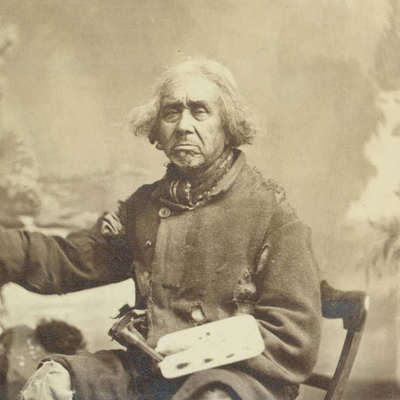
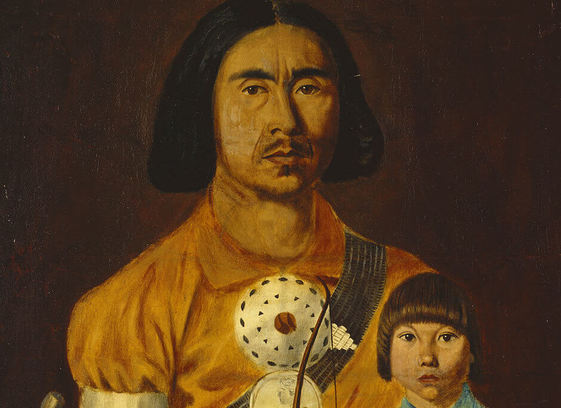
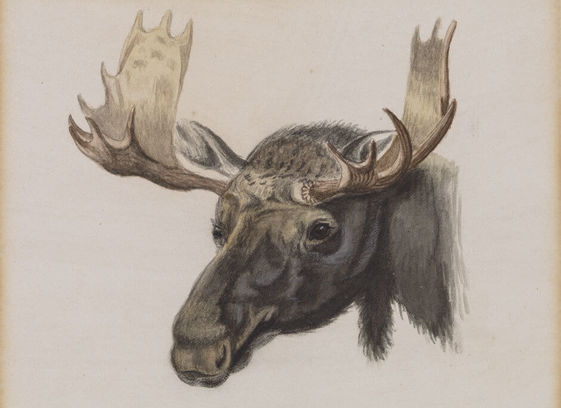
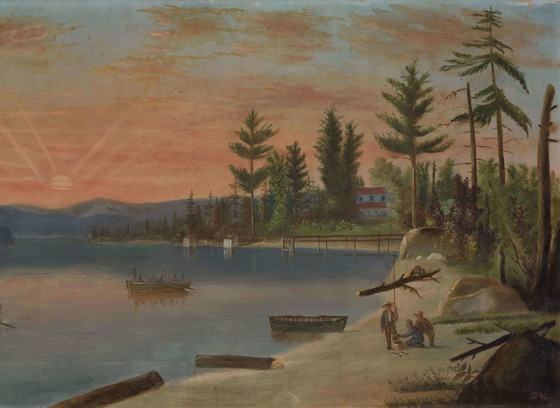
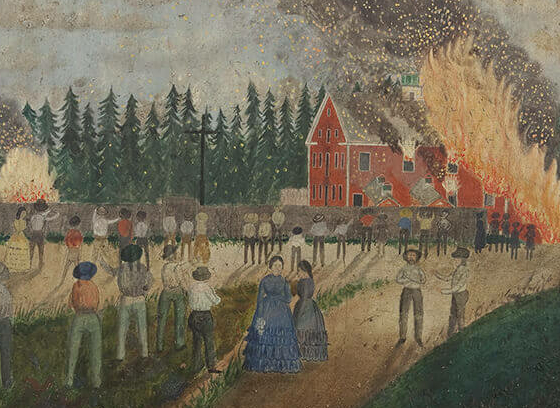
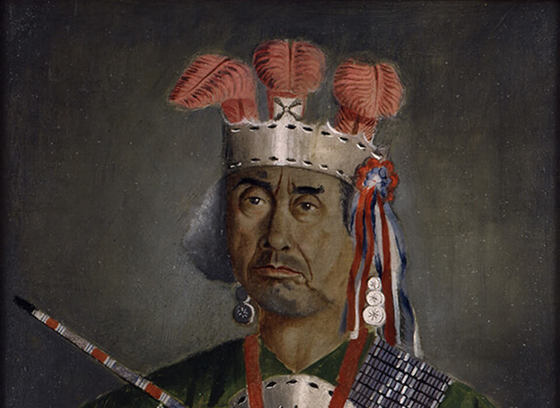
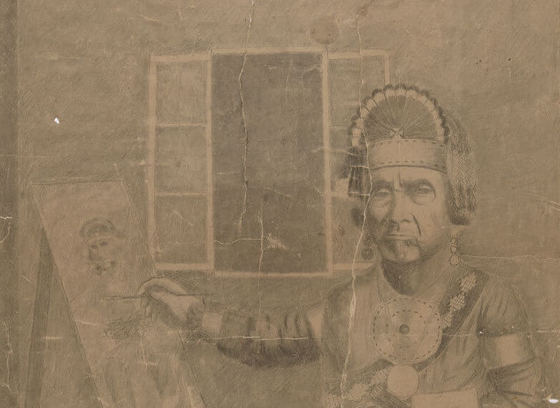
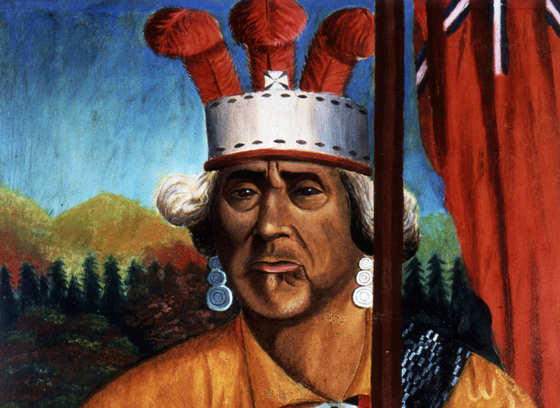
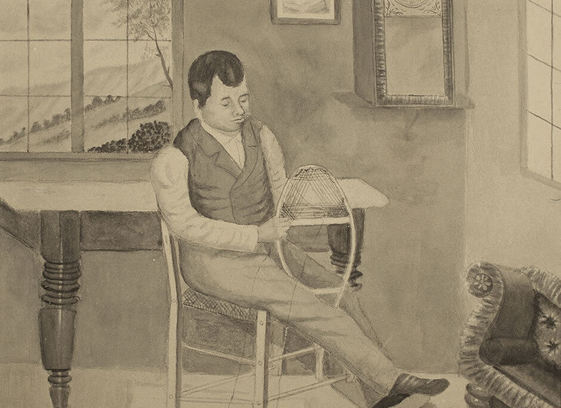
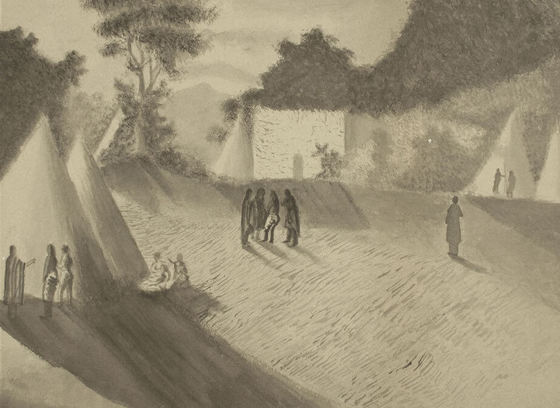
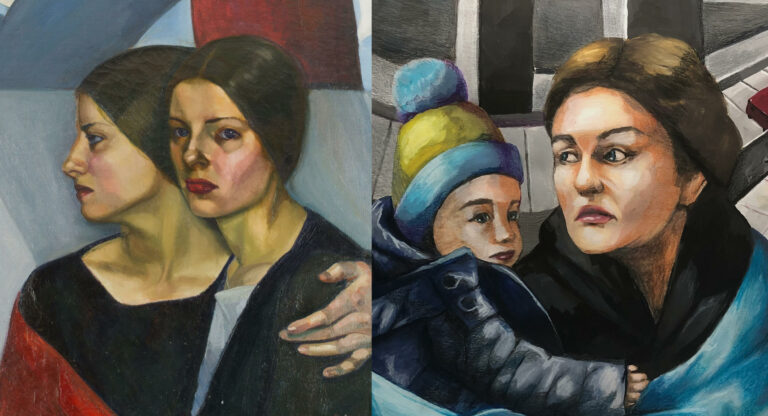 The 2023 Canadian Art Inspiration
The 2023 Canadian Art Inspiration 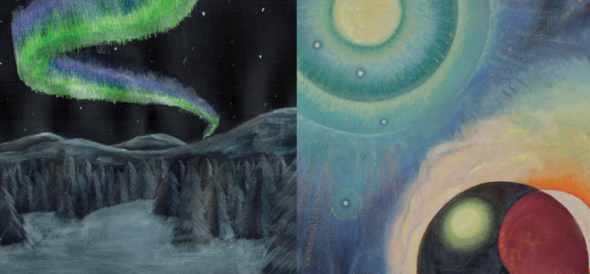 The 2022 Canadian Art Inspiration
The 2022 Canadian Art Inspiration 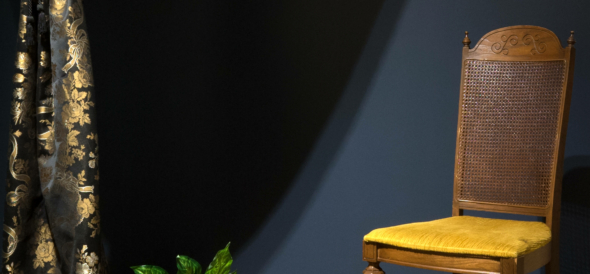 Autumn Tigers
Autumn Tigers
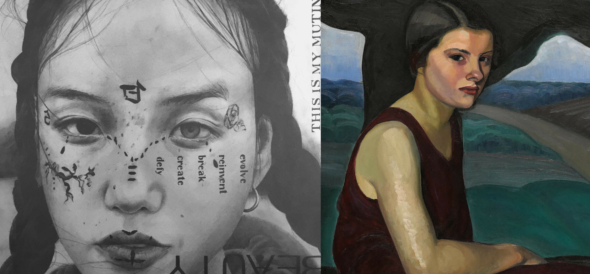 The 2021 Canadian Art Inspiration
The 2021 Canadian Art Inspiration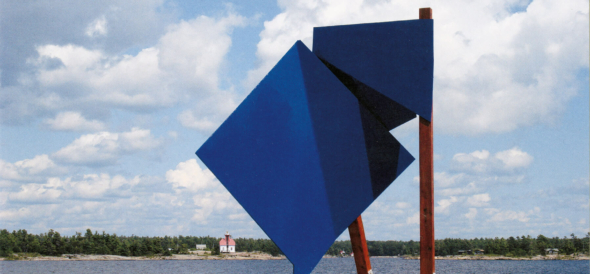 Mastery in Metal
Mastery in Metal
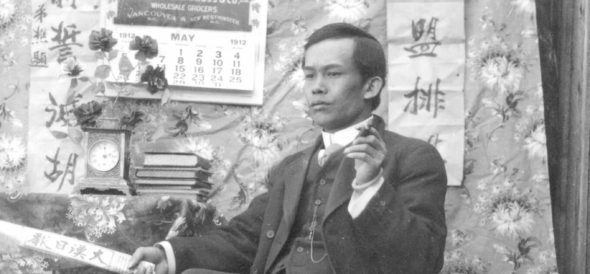 Through the Lens of C.D. Hoy
Through the Lens of C.D. Hoy
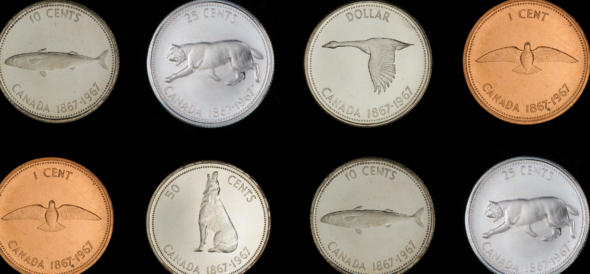 The Measure of Nature:
The Measure of Nature: 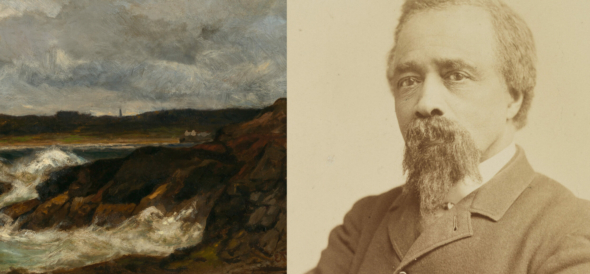 Artist and Abolitionist
Artist and Abolitionist
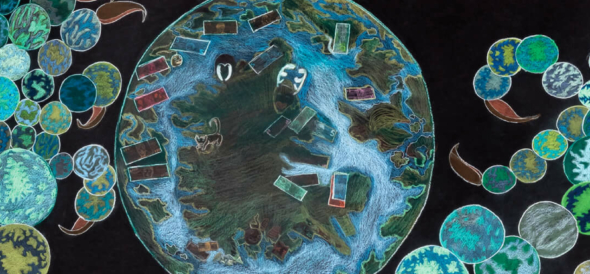 Shuvinai Ashoona: Mapping Worlds
Shuvinai Ashoona: Mapping Worlds
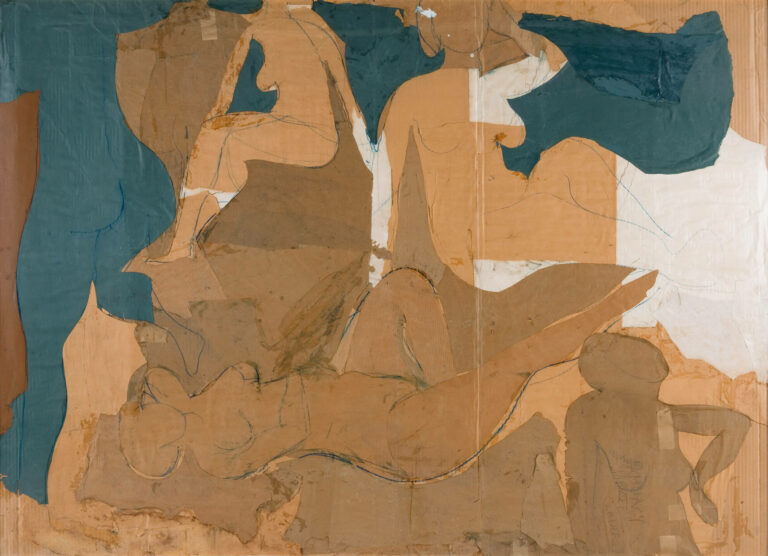 Early Snow: Michael Snow 1947-1962
Early Snow: Michael Snow 1947-1962
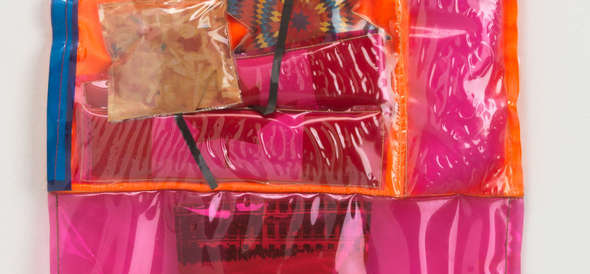 Joyce Wieland: Crafting a New Political Art
Joyce Wieland: Crafting a New Political Art
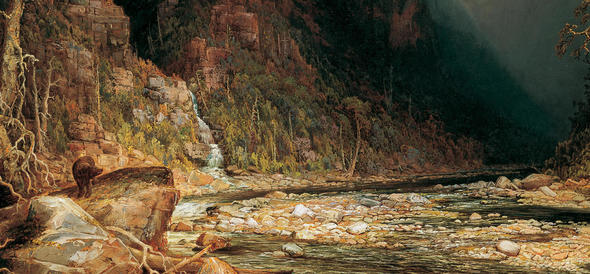 Close to Home: Homer Watson’s Canadian Landscape Painting
Close to Home: Homer Watson’s Canadian Landscape Painting
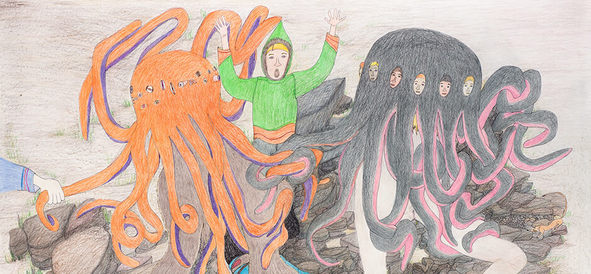 Shuvinai Ashoona: Re-Imagining the World
Shuvinai Ashoona: Re-Imagining the World
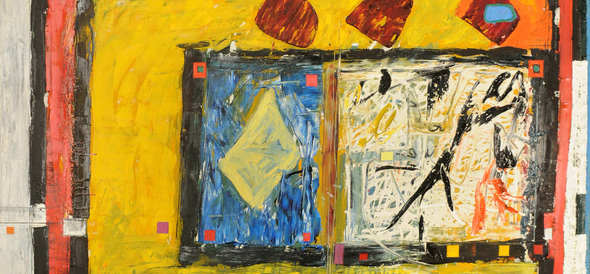 Harold Town: Art of Evolution
Harold Town: Art of Evolution
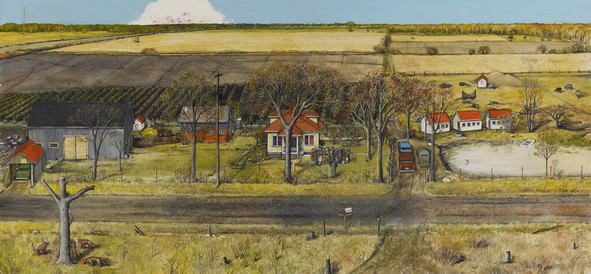 William Kurelek’s Art of Rapture and Reminiscence
William Kurelek’s Art of Rapture and Reminiscence
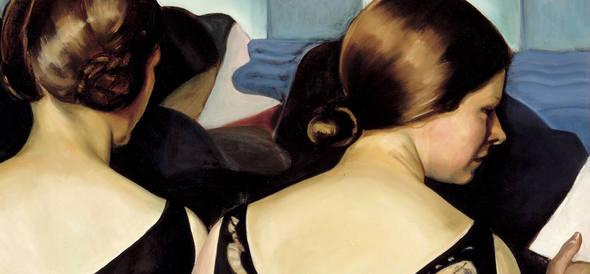 Prudence Heward’s Modern Women
Prudence Heward’s Modern Women
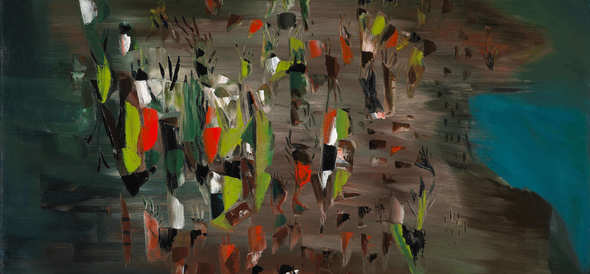 Paul-Émile Borduas’s Abstract Revolution
Paul-Émile Borduas’s Abstract Revolution
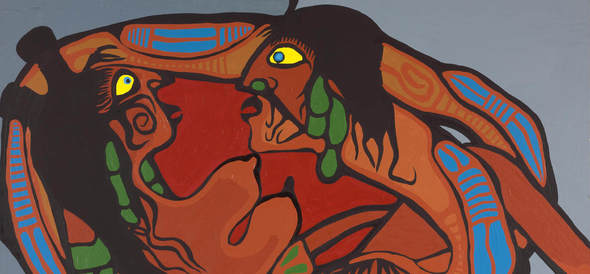 Norval Morrisseau’s Spiritual Vision
Norval Morrisseau’s Spiritual Vision
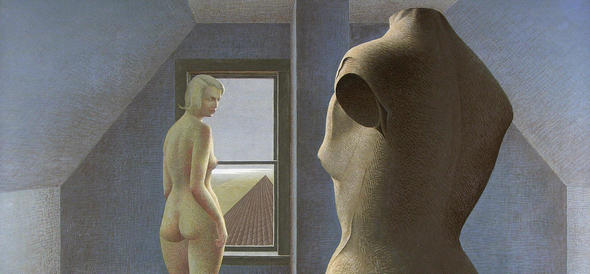 Alex Colville: An Everyday Order
Alex Colville: An Everyday Order